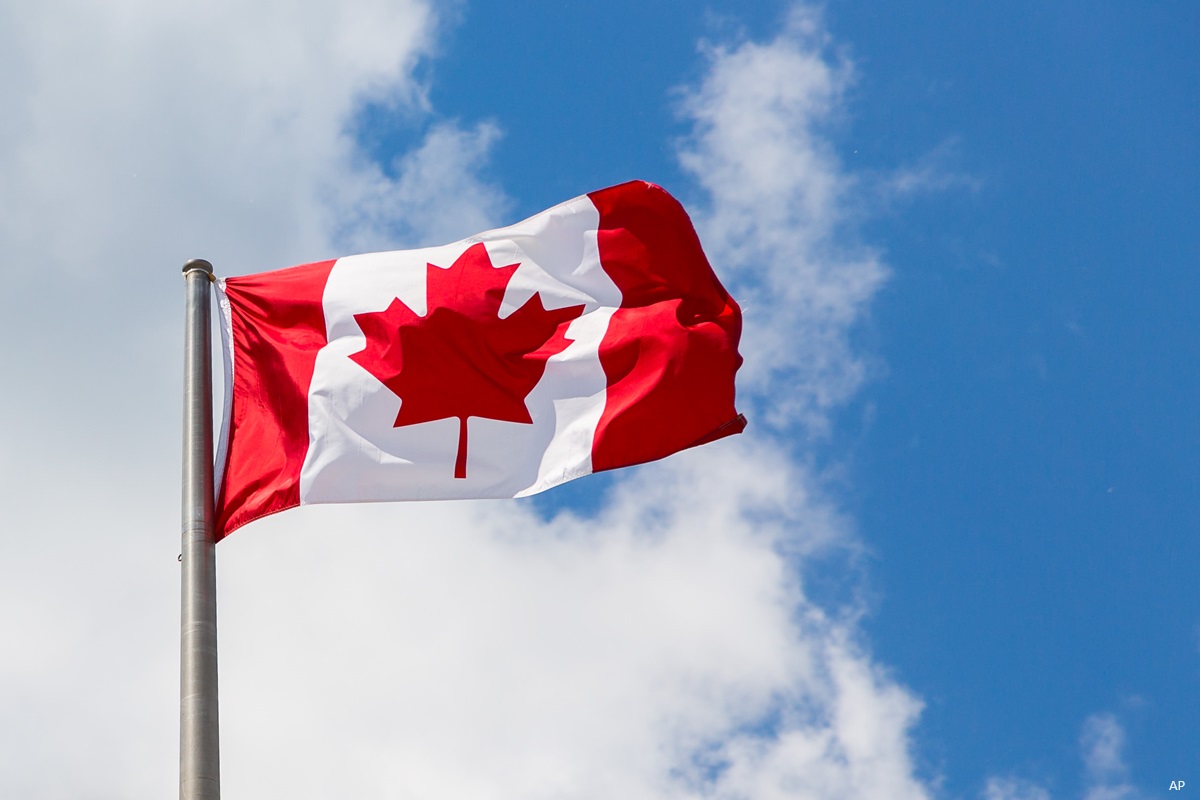
With leverage mounting in many countries, Patrick Blais believes it’s time to be extra cautious and focus on companies with strong cash returns.
“At the end of the day, the big problem is monetary policy that has been too accommodating globally,” says Blais, managing director at Toronto-based Manulife Investment Management and lead manager of the 5-star rated $917.9 million Manulife Fundamental Equity F. “With the impact of promoting growth through the accumulation of debt, and raising asset prices, that is building up risks within the overall global financial system.”
Rapid leverage often leads to misallocation of capital into unprofitable investments, Blais believes. ‘We are not sure where the risks lie, or the timing and the potential areas that are most at risk, but we are concerned,” says Blais, a native of Quebec who joined Manulife in 2010, after working at Sun Life Financial and KBSH Capital Management. In 1993, Blais graduated from Laval University with a BSc in actuarial mathematics and earned a Masters of Finance from the London Business School in 1998.
Wary of a confidence crumble
Blais notes that if investor confidence was to falter and lead to liquidity issues, “certain pockets of the market could unwind and could impact the economy. We are being very careful in our investment approach.”
As long as investor confidence remains constructive, the market can move forward. “But when we look at what to invest in, we are not just looking for the right opportunities, but also looking to manage the downside risks to the portfolio,” says Blais, who heads an eight-person Fundamental Equity team that manages about $7 billion in assets, including about half in institutional funds. “That speaks to our performance. We are able to find alpha ideas, but without taking excessive risks. Whether that’s operational risks or tail risks, that’s how we try to build our portfolios.”
In 2019, the fund returned 26.8%, compared to 18.74% for the median fund in the Canadian Focused Equity category. Over the last three years, it averaged 10.95%, versus 5.54% for the category. Over the last 10 years, the fund averaged 8.7%, compared to 6.66% for the category.
Interest rates make for a different risk this time
Blais maintains that it’s hard to find similarities to past investment cycles. The chief differentiator is that asset values are highly inflated, thanks in large part to rock-bottom interest rates. “But it’s difficult to believe that interest rates will stay below 2% permanently. In other words, the real risk to the economy is that the 10-year yield does edge up,” says Blais, noting that the benchmark 10-year U.S bond yield is around 1.75%. “It’s not economic fundamentals that have pushed markets up. It’s due to low interest rates and the fact you can justify higher valuations based on such low interest rates.”
Needless to say, Blais acknowledges that he is fully invested and can justify higher prices on many holdings. “That said, it does not take away from the fact there are a lot of risks building out because valuations are premised on low rates, which we believe are not sustainable,” says Blais, adding that China is at risk as it too has relied heavily on corporate and consumer leverage to promote growth. “As risks grow, debt may become harder to come by and asset values get re-priced lower. So we are being careful.”
Cash return = quality
Bottom-up oriented, Blais focuses on the quality of a business and how much he is willing to pay for it. “It comes down to this: what is the cash that this business generates and what are its cash returns? The reason we emphasize this is that the cash return determines the quality of a business,” says Blais, adding that by definition, cash return equals cash flow divided by invested capital. “If you have a history of generating good cash returns, the higher the quality of the business. There is no ambiguity. We use those two metrics to determine the valuation of a company. We also understand the history of a company. How do they generate those cash returns? And what is the volatility? This gives us an appreciation of the operational risk of a company.”
Blais and his team arrive at a base case for each company, but also investigate “what if” scenarios. “This tells us how much risk we are taking to get an expected return. And if the risk is too great then we won’t step in. That does not mean we won’t own a volatile business. You just need enough valuation on your side to take a position. We are not growth or value-oriented. We are valuation driven.” Blais adds that he tends to avoid growth companies because their valuations are on the high side.
Running a portfolio of about 42 names, Blais has divided the portfolio roughly 50/50 between Canada and the U.S. on a geographic basis. “Given the size of the Canadian market, it makes sense to step outside of Canada and get access to a broader universe,” says Blais, adding that the portfolio de-emphasizes mainstream sectors such as Canadian banks, and instead emphasizes U.S. healthcare and technology companies with strong cash returns.
One representative holding is UnitedHealth Group Inc. (UNH), the largest and most diversified managed care operator in the U.S. “With the Democrats making some headway in the U.S., there were concerns that they would introduce Medicare-for-all and possibly negatively impact the sector,” says Blais. “The stock became very cheap and attractive to us. Yet it has a history of generating strong cash returns. Its free cash flow yield is 4.7%.”
Since plunging last fall the stock has rebounded and surpassed its low in September. “It’s no longer cheap,” says Blais. “But we’re keeping it because of the quality of the business.”
Another favourite name and long-time holding is CCL Industries Inc. (CCL.B), the world’s largest printer of labels. “It’s a highly cash-generative business. Management has a history of re-deploying its cash very efficiently,” says Blais, adding that the stock has a free cash flow yield of 4.5%. “They generate cash returns slightly above 10%. That’s not extremely high. But we like the stability of those cash returns. It’s a business that compounds organically. And management makes acquisitions at attractive prices and maintains those cash returns.”
Looking ahead, Blais admits that stocks can keep rising, thanks to ultra-low interest rates. “We can justify that in our discounted cash flow models. But that said, how much risk are you taking to get there? That’s what we are focused on. We are not able to predict the future, but what we can measure are the upside and downside risks. There are many names where we find the downside risk is unacceptable and we are not willing to be there.”





















